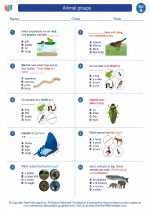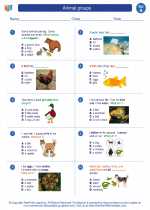Topography Study Guide
Topography is the study of the shape and features of the surface of the Earth. It involves understanding and representing the natural and man-made features of the land, such as hills, valleys, rivers, and roads. Here are some key points to understand about topography:
What is Topography?
Topography is the arrangement of the natural and artificial physical features of an area. It includes the elevation, slope, and shape of the land, as well as bodies of water, vegetation, and human-made structures.
How is Topography Represented?
Topography is typically represented on a topographic map. These maps use contour lines to show the elevation and shape of the land. Contour lines connect points of equal elevation, allowing viewers to visualize the three-dimensional terrain on a two-dimensional map.
Why is Topography Important?
Understanding topography is crucial for various fields, including geography, geology, environmental science, and civil engineering. It helps in planning construction projects, managing natural resources, studying the Earth's surface, and navigating through different terrains.
Topography and Erosion
The topography of an area greatly influences the way water flows over the land and the potential for erosion. Steep slopes are more prone to erosion, while flat or gently sloping areas are more stable.
Human Impact on Topography
Human activities such as mining, urban development, deforestation, and agriculture can significantly alter the topography of an area. Understanding these impacts is essential for sustainable land management and conservation.
By understanding topography, we can better appreciate the diverse landscapes of our planet and make informed decisions about land use and environmental preservation.
.◂Science Worksheets and Study Guides First Grade. Animal groups

 Worksheet/Answer key
Worksheet/Answer key
 Worksheet/Answer key
Worksheet/Answer key
 Worksheet/Answer key
Worksheet/Answer key
 Vocabulary/Answer key
Vocabulary/Answer key
